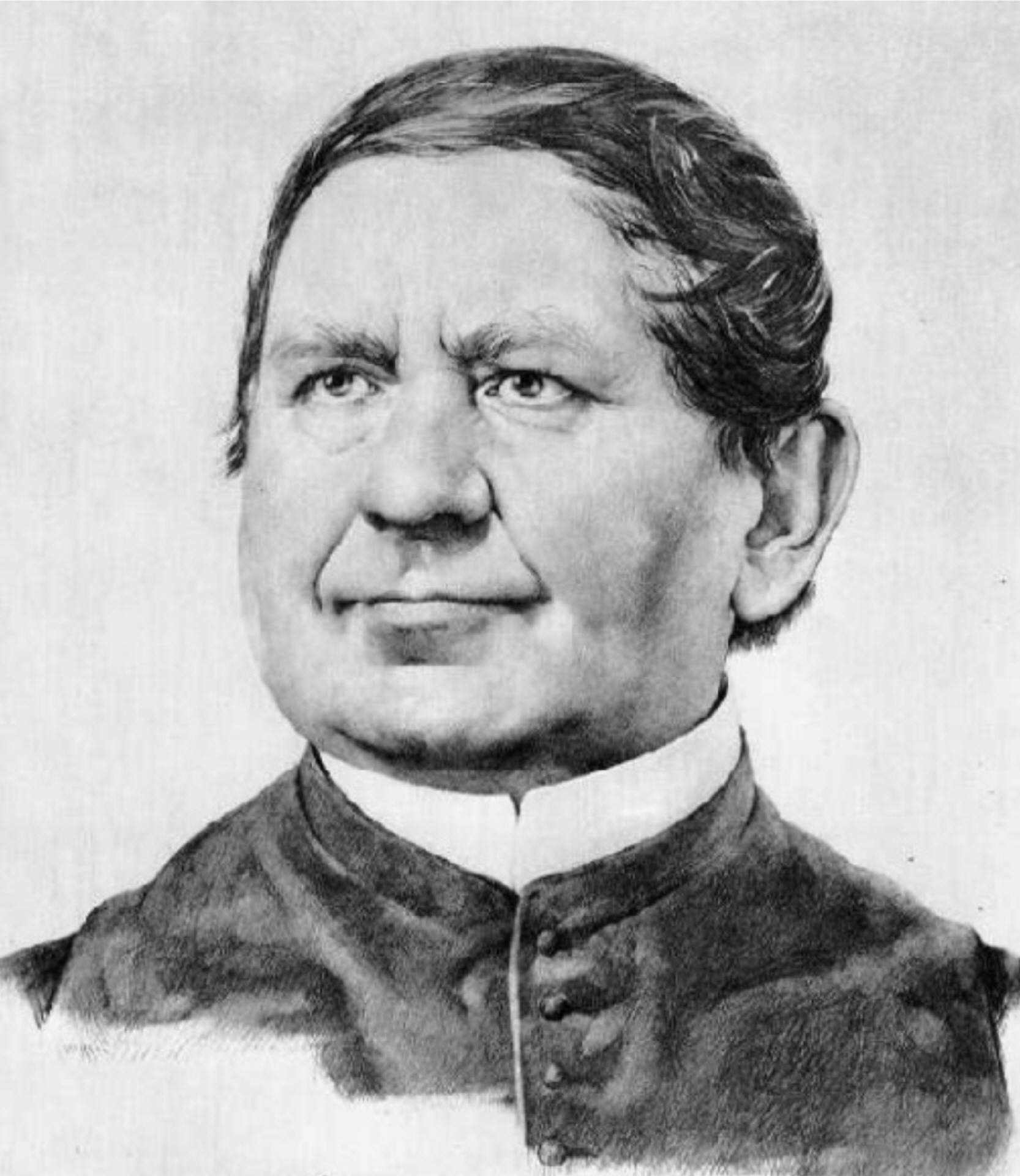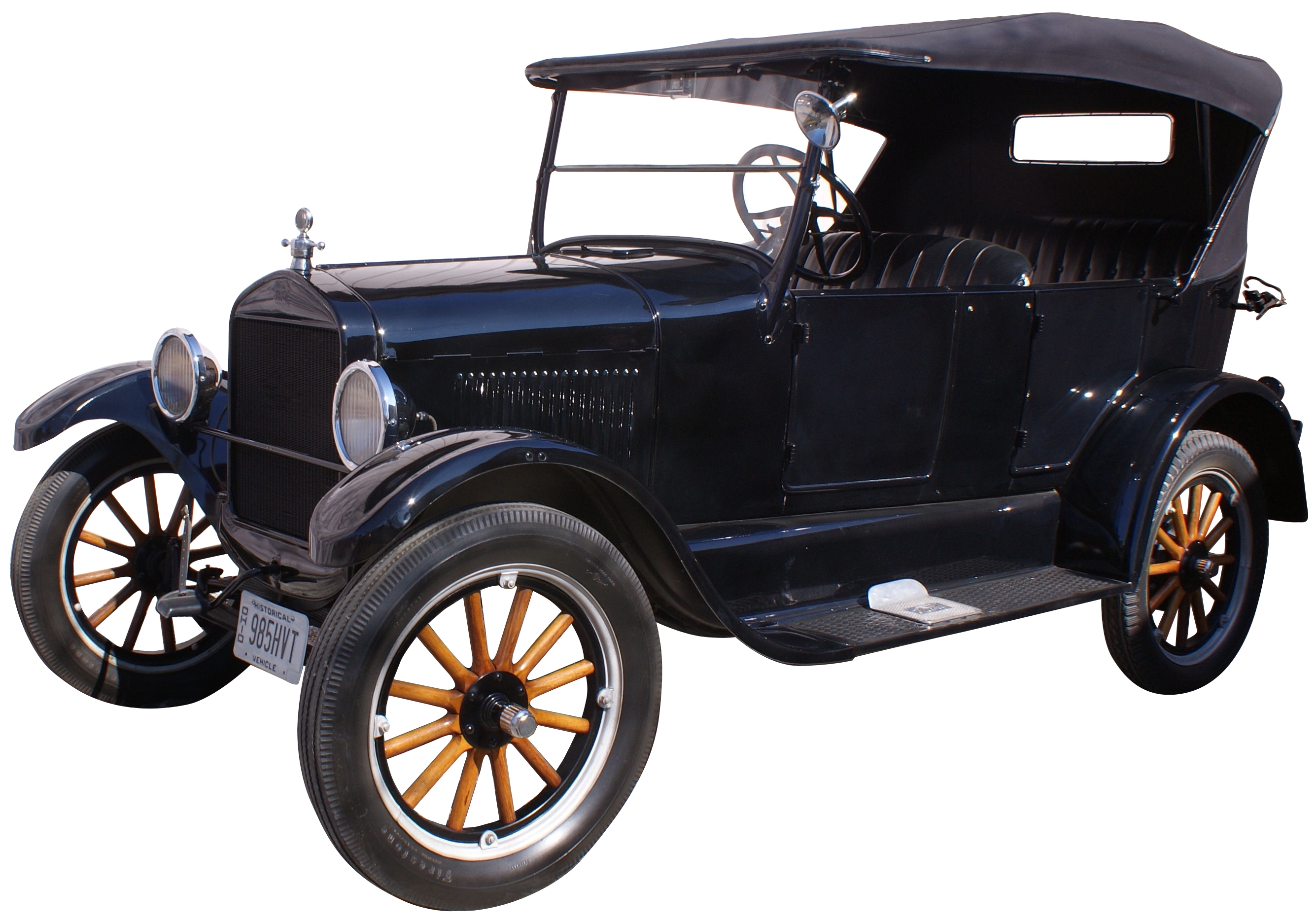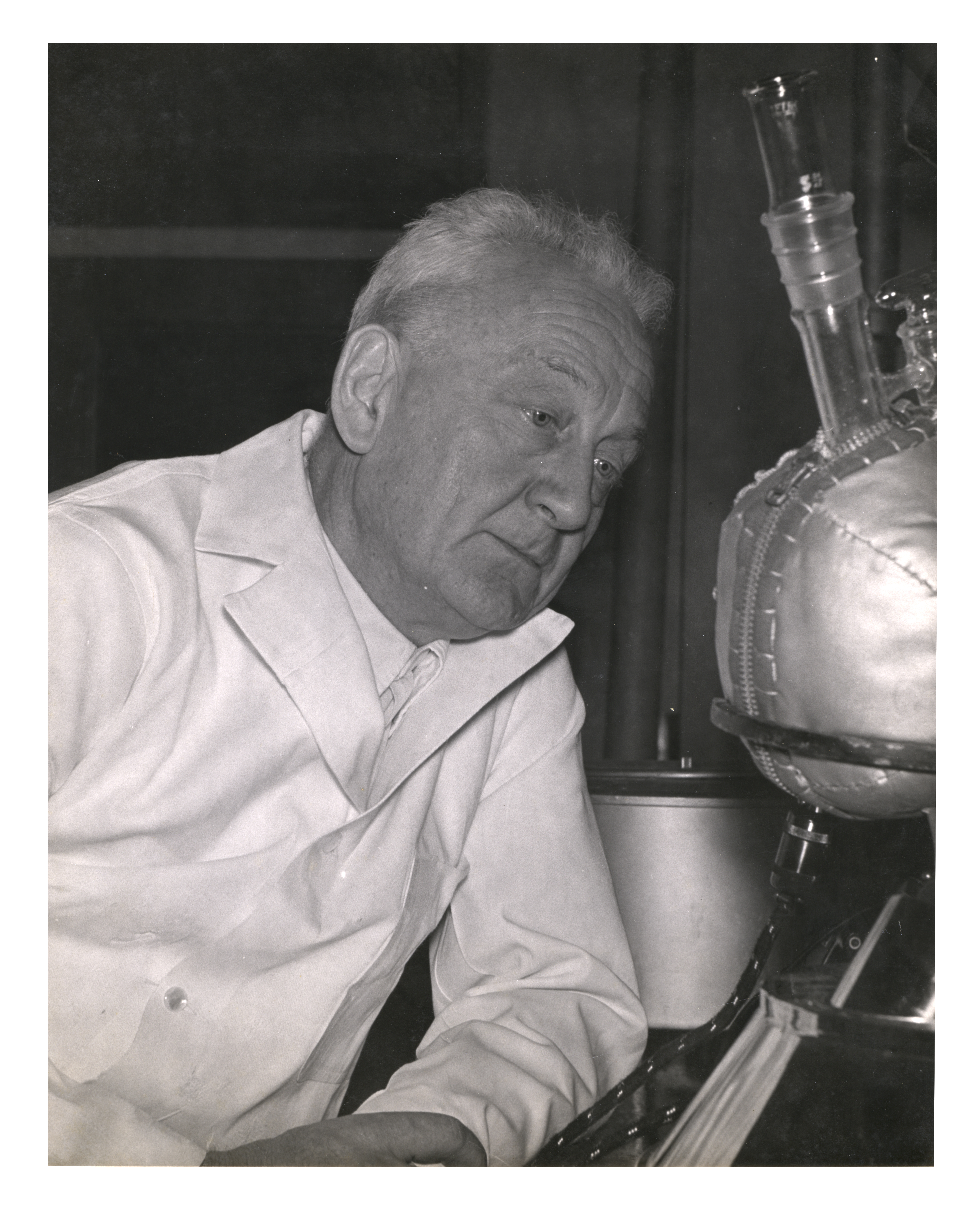Az alábbi összeállításból megismerheted a leghíresebb magyar feltalálókat és találmányaikat. Az íráshoz hanganyag is tartozik.
Letölthető tartalmak
Famous Hungarian inventors and their creations
Wherever you go in the world, you bump into Hungarians, if not in person then through their inventions and life achievements. The Hungarians introduced many things to the world, which people still use today. Our country has quite a few famous inventors and scientists, including János Irinyi, who invented the safety match or Albert Szent-Györgyi, who discovered the chemical ascorbic acid, also known as vitamin C. There are also more than 20 Hungarians who received a Nobel Prize!
Computer
The computer was invented by János Neumann in 1944. Today’s modern computers are based on his work. In 1943, Neumann, a mathematician, began working on the Manhattan Project, where he tackled the immense calculations required for construction of an atomic bomb. As he was faced with such a daunting task, he became interested in using machines for the calculation and the resolution of specific mathematical problems. During and after the war, his interest in computers grew, and he contributed extensively to the construction of the first modern computers.
Soda Water

The soda water and the dynamo were both invented by Ányos Jedlik, in 1826 and 1861 respectively. Ányos Jedlik was a Hungarian inventor, engineer, physicist and Benedictine priest and also a member of the Hungarian Academy of Sciences.
Ballpoint Pen
The modern ballpoint pen (also called biro or ballpen) was invented by László Bíró in 1931. Bíró was born in 1899. While working as a journalist, he noticed that the ink used in newspaper printing dried quickly, leaving the paper smudge-free. First, he tried to use the same ink in a fountain pen, but it didn’t work. Later a new tip was developed by Bíró and his brother György, a chemist. This new tip consisted of a ball that was free to turn in a socket and pick up ink from the cartridge and then roll to place it on the paper. The first ballpoint pen was presented at the Budapest International Fair in 1931.
Ford Model T

The Ford Model T was designed by József Galamb, a mechanical engineer in 1908. The Model T, whose production continued until 1927, was wildly popular in the United States and is considered the first mass-produced automobile. In 1902 Galamb sailed to the United States to attend the World’s Fair in St. Louis, and joined the Westinghouse Corporation as a toolmaker. In 1905 he travelled to Detroit for a short visit, where he met Henry Ford, who convinced him to work for Ford Motor Company as a draftsman.
Binoculars (or field glasses)
Binoculars were invented in 1840 by József Petzvál, a mathematician, inventor, and physicist best known for his work in optics. Petzval is considered to be one of the main founders of geometrical optics, modern photography and cinematography. Among Petzval’s other works are the invention of opera glasses, work that led to the perfection of the telescope and microscope (1843) and efficient binoculars, and the construction of new floodlights (1847).
Vitamin C

Vitamin C was discovered in 1932 by Albert Szent-Györgyi, a physiologist, who also won the Nobel Prize in medicine in 1937. The Budapest-born researcher first isolated the crucial vitamin, which boosts the immune system and is an antioxidant, from paprika. He is one of the most important scientists of the twentieth century. He worked at some of the world’s leading academic research centers, including the University of Groningen, Cambridge University, and the Mayo Clinic. In 1930 Szent-Györgyi returned to Hungary as a professor of medicinal chemistry. He joined the anti-Nazi resistance movement in Hungary during World War II and his live was in constant danger. He left Hungary in 1947 to join the staff of the Marine Biological Laboratory at Woods Hole, Massachusetts.
Safety Match
The safety match was invented in 1836 by János Irinyi, a chemist. In the 19th century, scientists discovered that matches could be made to light reliably by adding potassium chlorate. When a match is struck, heat is produced due to friction. But these matches were still dangerous, as potassium chlorate tends to be explosive. In 1836, Janos Irinyi replaced potassium chlorate with another substance, lead dioxide, which works in the same way, but is less explosive. Irinyi sold the invention to Istvan Romer, who set up the first commercial match factories, and these were a great success.
to bump into – összefutni valakivel
in person – személyesen
invention – találmány
scientist – tudós
safety match – biztonsági gyufa
to discover – felfedezni
to be based on – valamin alapszik
to tackle – megoldani
calculation – számítás
to be faced with – szembekerül valamivel
resolution – megoldás
to contribute – hozzájárulni
ballpoint pen – golyóstoll
to notice – észrevenni
ink – tinta
smudge-free – maszat-mentes, foltmentes
fountain pen – töltőtoll
tip – valaminek a hegye
cartridge – festéktartály (itt)
to be presented – bemutatják
to be designed – tervezi
mechanical engineer – gépészmérnök
to be considered – tartják valaminek
mass-produced – tömeggyártott
draftsman – műszaki rajzoló
binoculars – távcső, látcső
founder – alapító
opera glasses – színházi látcső
perfection – tökéletesítés
efficient – hatékony, jól működő
floodlights – reflektor
researcher – kutató
to boost – erősíteni, fokozni
immune system – immunrendszer
resistance movement – ellenállás
danger – veszély
reliably – megbízhatóan
to be produced – termelődni
friction – súrlódás
explosive – robbanékony
to replace – helyettesíteni
lead dioxide – ólom-dioxid
to set up – létrehozni





